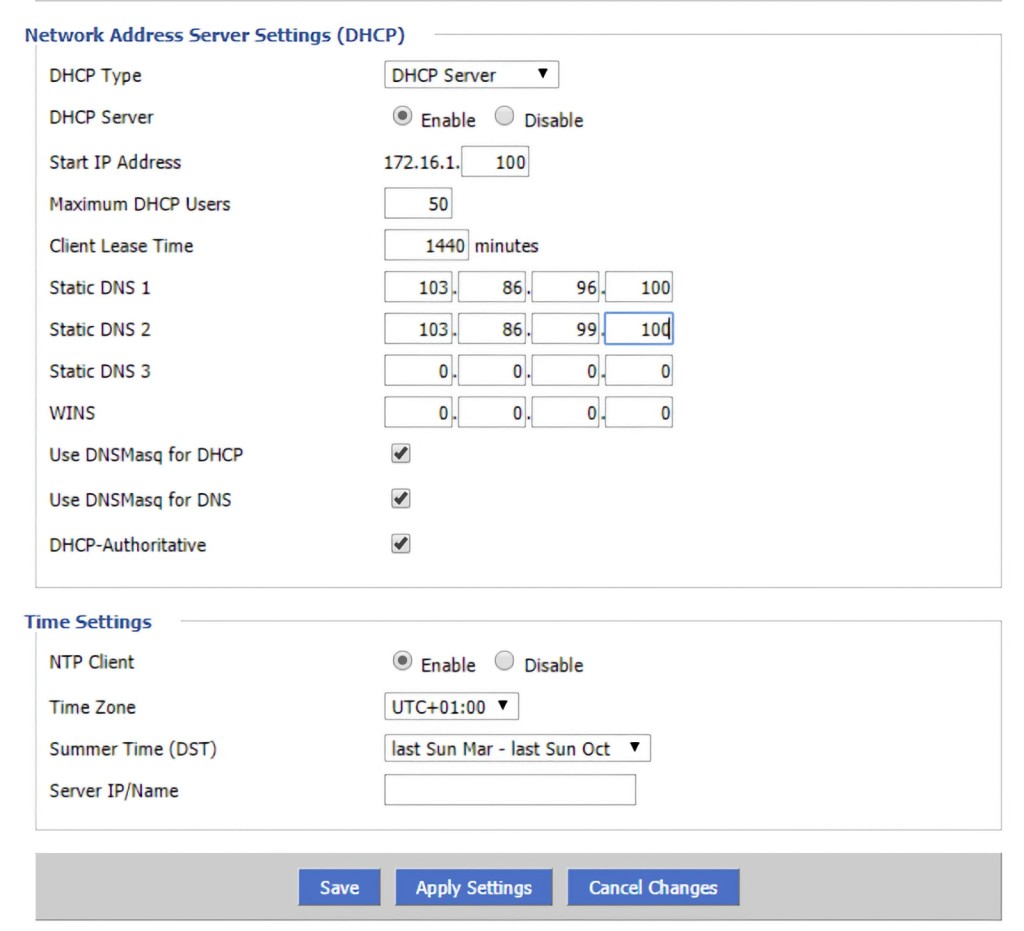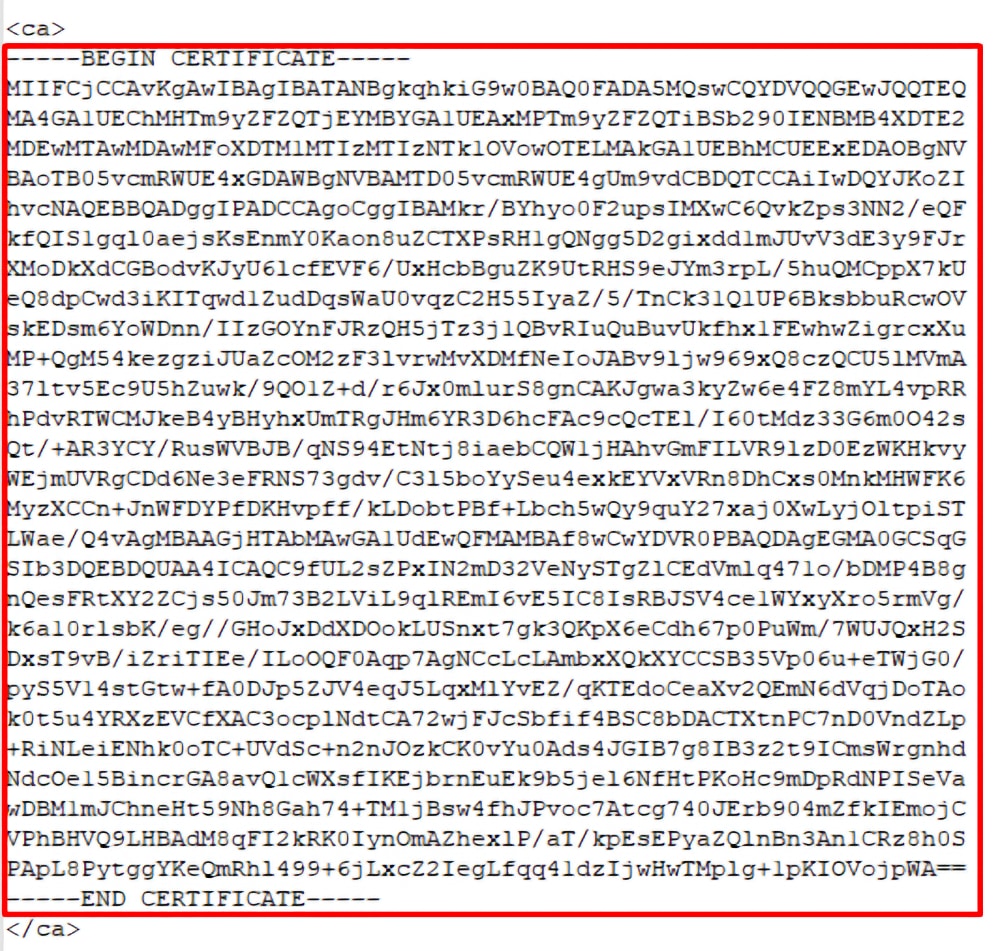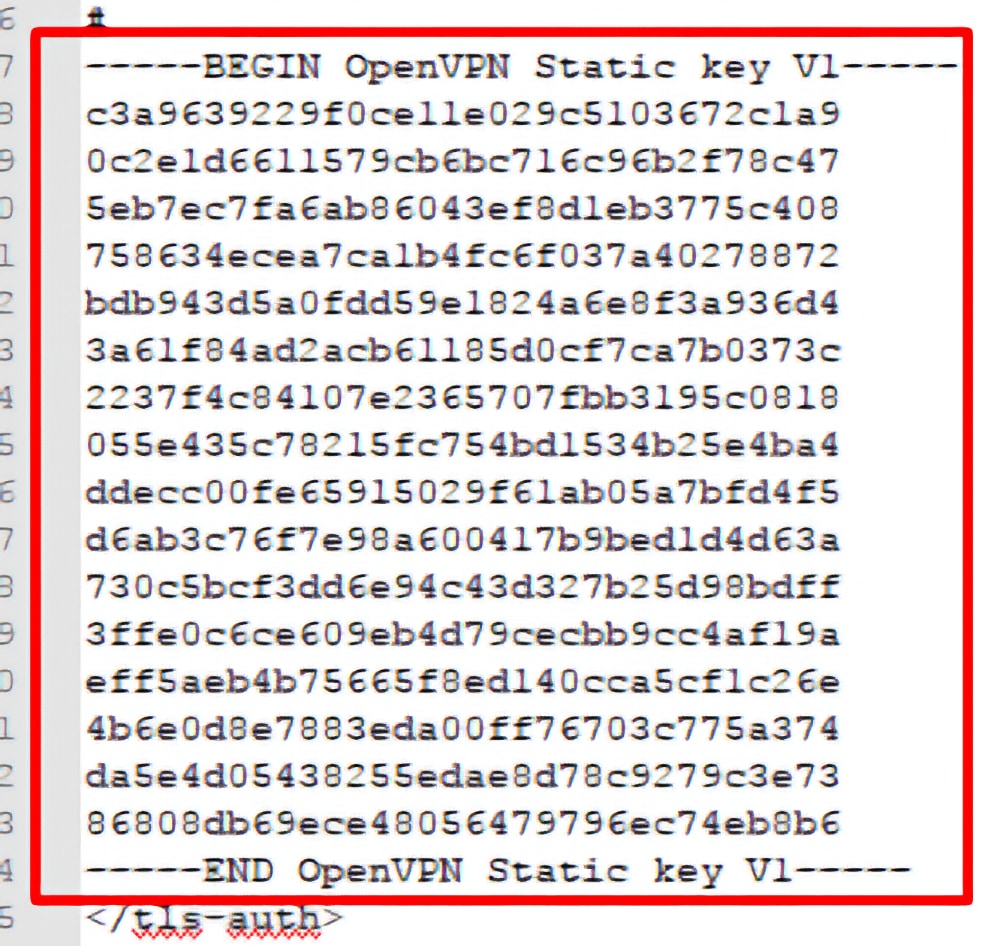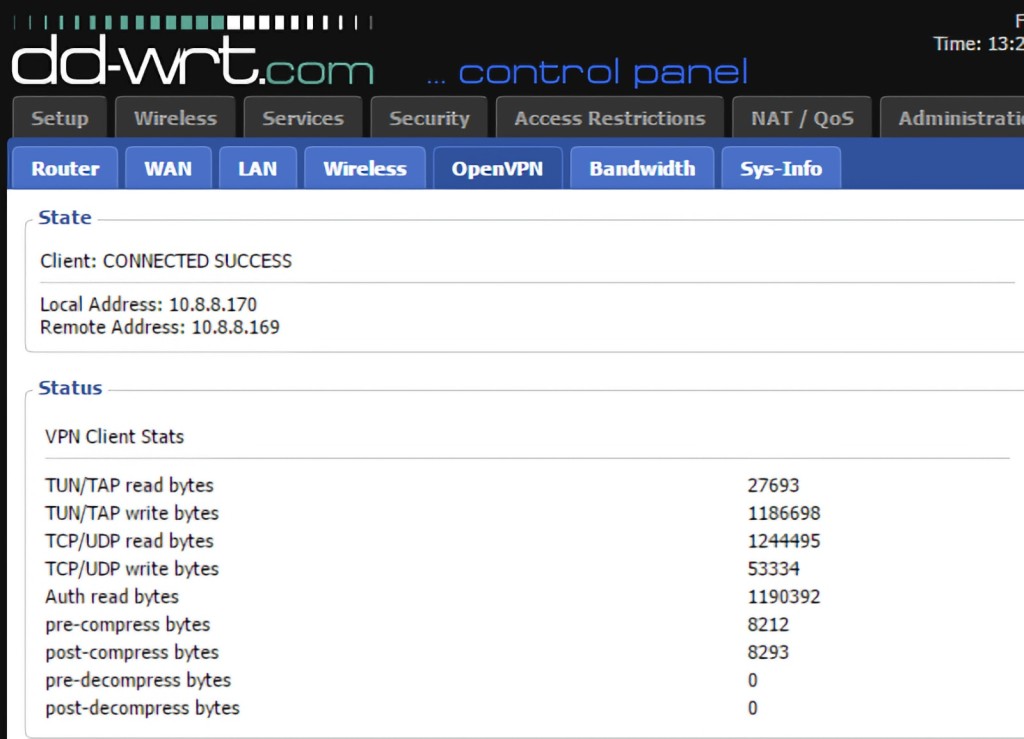When you purchase through links on our site, we may earn an affiliate commission. Here’s how it works.
How to Set Up a VPN on D-Link Router in 2024
Most D-Link routers support L2TP and PPTP VPN protocols, which are outdated and no longer on offer by most VPNs (especially the top-rated ones). That means you can set up a VPN on a D-Link router only if your device supports DD-WRT firmware. In other words, flashing with DD-WRT is required in that case.
By flashing a D-Link router with DD-WRT, you'll get to set up an OpenVPN connection. The only issue is that only two models support this: DIR-885L and DIR-895L. So, if you have one of those models at hand, let's show you how to get a VPN onto your D-Link router.
How to Set Up a VPN on a D-Link Router
As explained above, you'll need to flash your router with DD-WRT to be able to set up a VPN on your D-Link router. Then, you'll access DD-WRT's admin panel and create a new OpenVPN connection. Here are all the steps you need to take:
1. Get a VPN that supports DD-WRT routers (we recommend NordVPN).
2. After subscribing, access your router's DD-WRT admin panel.
3. Navigate to Setup > Basic Setup > Network Address Server Settings (DHCP), input the information found just below, and then click 'Save' and 'Apply Settings.'
- Static DNS 1: 103.86.96.100
- Static DNS 2: 103.86.99.100
- Static DNS 3: 0.0.0.0
- Use DNSMasq for DHCP: Checked
- Use DNSMasq for DNS: Checked
- DHCP-Authoritative: Checked
4. Navigate to Setup > IPv6 and pick 'Disable,' followed by 'Save' and 'Apply Settings.'
5. Navigate to Service > VPN > OpenVPN Client > Start OpenVPN Client > Enable. You'll now see a long list of fields, so fill them out based on the following information:
- Server IP/Name: Go to this page of NordVPN's website, pick a server, and then copy the server's address back to DD-WRT (in the following form: us936.nordvpn.com). While you're there, click 'Show Available Protocol' and download the server's OpenVPN files.
- Port: 1194 for UDP / 443 for TCP
- Tunnel Device: TUN
- Tunnel Protocol: UDP (or TCP)
- Encryption Cipher: AES-256-CBC
- Hash Algorithm: SHA-512
- User Pass Authentication: Enable
- Username / Password: You can find these on NordVPN's website. Click 'Log In' on NordVPN's home page and then go to NordVPN > Set Up NordVPN Manually.
- First Data Cipher: Not set
- Second Data Cipher: Not set
- Third Data Cipher: Not set
6. Next, click 'Enable' next to 'Advanced Options,' and use the following information:
- TLS Cipher: None
- LZO Compression: Disable
- NAT: Enable
7. In the 'Additional Config' box, you can copy/paste the following code:
remote-cert-tls server
remote-random
nobind
tun-mtu 1500
tun-mtu-extra 32
mssfix 1450
persist-key
persist-tun
ping-timer-rem
reneg-sec 0
#log /tmp/vpn.log
#Delete `#` in the line below if your router does not have credentials fields
#auth-user-pass /tmp/openvpncl/user.conf8. Find the OpenVPN files you downloaded earlier from NordVPN's website. First, open the OVPN configuration file (named 'xxx_nordvpn_com_udp_ovpn) and copy the <ca> part to the 'CA Cert' field.
9. Next, copy the <ts-auth> part into the 'TLS Auth Key' field. Then, click 'Save' and 'Apply Settings.'
10. Return to Status > OpenVPN and look for the 'State' field, where it should say 'Client: Connected Success,' which means your VPN session is now active.
11. If you wish to create a kill switch, go to Administration > Commands and copy-paste the code from below. Then, click 'Save Firewall' and go to Administration > Management > Reboot Router.
WAN_IF=`nvram get wan_iface`
iptables -I FORWARD -i br0 -o $WAN_IF -j REJECT --reject-with icmp-host-prohibited
iptables -I FORWARD -i br0 -p tcp -o $WAN_IF -j REJECT --reject-with tcp-reset
iptables -I FORWARD -i br0 -p udp -o $WAN_IF -j REJECT --reject-with udp-resetFinal Thoughts
Since D-Link routers mostly support outdated VPN protocols, you're left with limited options on what you can do. As this guide showed you, the only way to set up a VPN on a D-Link router is to have a model compatible with DD-WRT, which gives you access to OpenVPN.
That said, ensure you use a quality VPN to keep your D-Link network at its best. We'll remind you that we highly recommend NordVPN in this case. And, if you wish to set up your VPN on other devices as well, head over to our central guide on how to set up a VPN.
That's all you need to know on how to set up a VPN on your D-Link router. Use the comments section below if you have any questions. Finally, thank you for reading!





